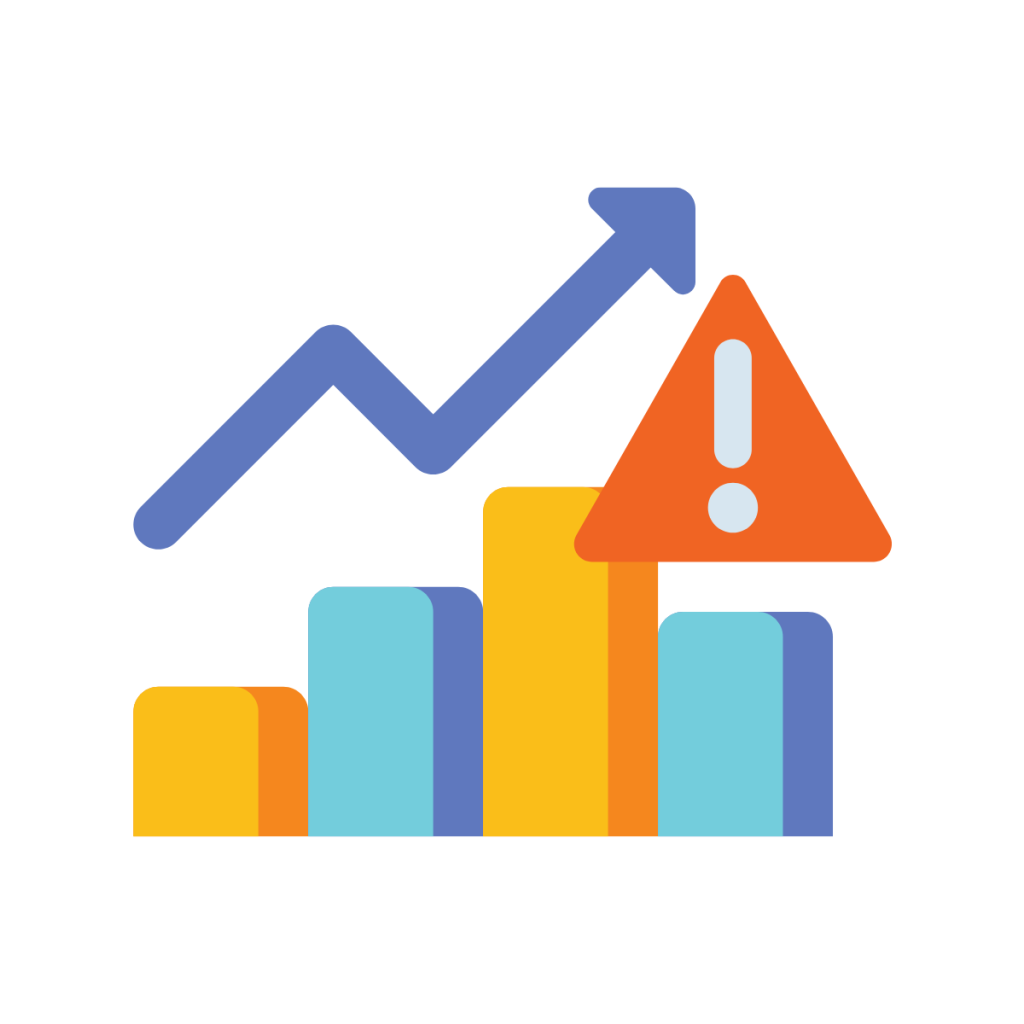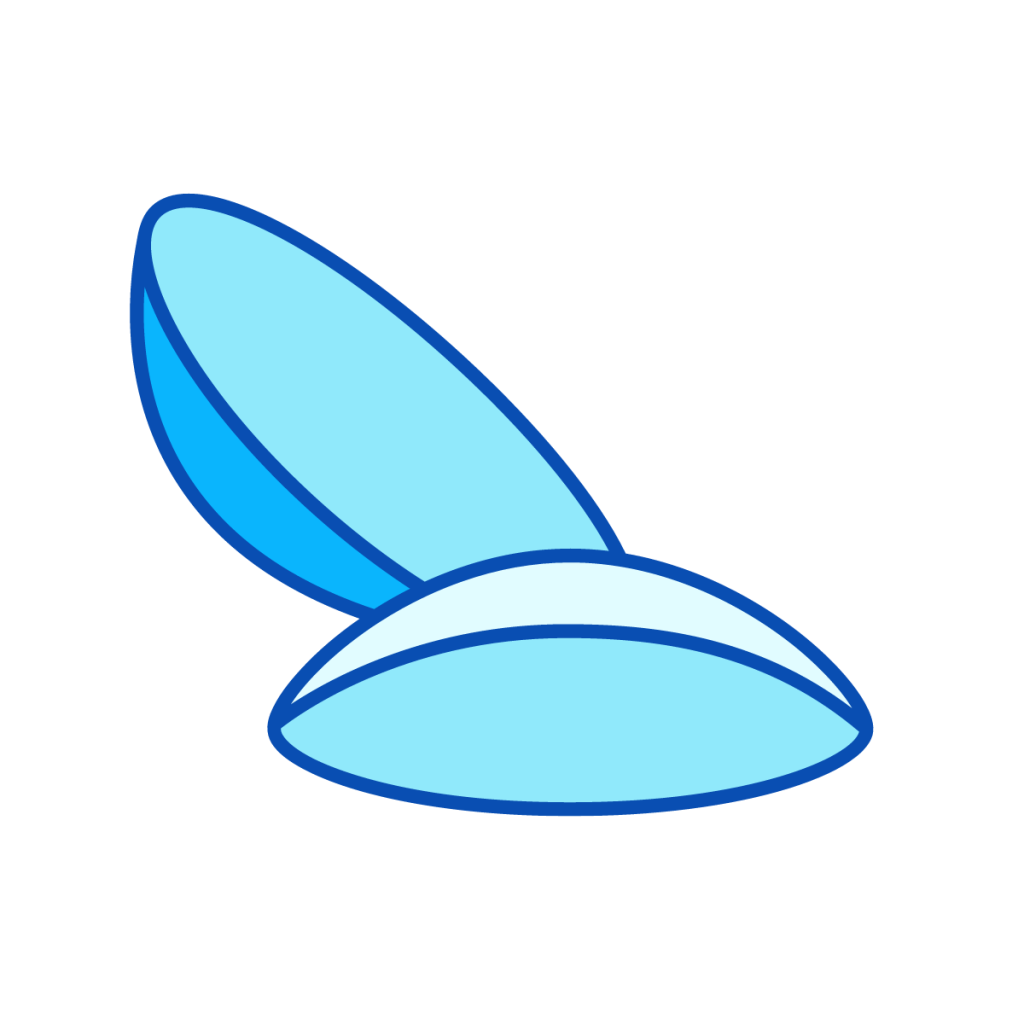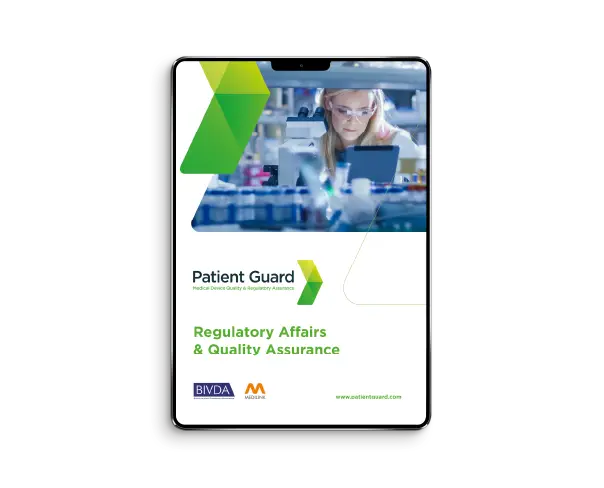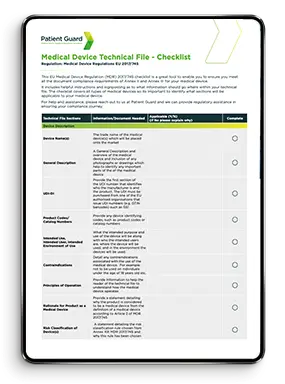UK Medical Device Regulations
In the UK Medical Devices are regulated under the UK Medical Device Regulations 2002 (as amended). These regulations are based on the Medical Device Directives 93/42/EEC (medical devices), 98/79/EC (In Vitro Diagnostics) and 90/385/EEC (Active implantable Medical Devices).

For the purposes of UKCA marking, it is the UK MDR 2002 that needs to be followed for compliance. However, the UK does accept CE marked medical devices which are compliant with the EU MDR 2017/745 and IVDs which are compliant with the IVDR 2017/746.
In this article we will focus on Medical Devices Classification UK only under the UK Medical Device Regulations.
All medical devices that are placed on the UK market must be registered with the MHRA.
Typically, A medical device is any instrument, apparatus, appliance, software, implant, reagent, material or other article intended by the manufacturer to be used, alone or in combination, for human beings.
Classification
In the UK Medical Devices are categorised into 6 classes, these are Class I, Class Is (sterile), Class Im (measuring), Class IIa, Class IIb and Class III.
Class I devices are considered to be of low risk, Class II devices as medium risk and Class III devices as high risk.
Depending on the classification of device determines the regulatory conformity pathway that needs to be taken to gain compliance and allow manufacturers to place product on the UK market.
In Annex IX of the medical device regulations are a number of classification rules. Depending on the type of device and its intended use, it must fit within one of these classification rules. The Classification rules determine if the medical device is class I, class IIa, class IIb or class III.

Difference between Medical Device Classes
Class I Medical Devices
A class I medical device is the lowest risk of the classes meaning that the likelihood of a serious injury or a serious deterioration in somebody’s state of health is low. Class I devices do not require certification from a Notified Body. Unless it is class Is or class Im. These classes of medical devices need to be assessed by an approved UK Notified Body who will audit the sterility and measuring aspects of the medical device.
Examples of Class I Medical Devices
- Bandages/Plasters
- Stethoscopes
- Wheelchairs
- Examination lights
- Medical Spoons

Class IIa Medical Devices
A class IIa medical device is considered to be low/medium risk. These devices are considered to hold a higher risk level than class I medical device. These devices must be certified by a Notified Body before they can be placed on the UK market by a medical device manufacturer.
Examples of Class IIa Medical Devices
- Hearing aids
- Surgical clamps
- Dental fillings
- Contact lenses
- TENS devices

Class IIb Medical Devices
Class IIb medical devices are considered to be medium/high risk. These devices are of higher risk than class IIa medical devices. These medical devices must be certified by a Notified Body before they can be placed on the UK market by a medical device manufacturer.
Examples of Class IIb Medical Devices
- Diagnostic X-ray
- Ventilators
- Bone-fixation plates
- Condoms
- Surgical lasers

Class III Medical Devices
Class III medical devices are the highest risk medical devices. These medical devices undergo the strictest level of scrutiny and require strict clinical evidence to support their approval. A Notified Body must issue a conformity certificate before these medical devices can be placed on the market by the medical device manufacturer.
Examples of Class III Medical Devices
- Pacemakers
- Heart valves
- Breast implants
- Joint replacement systems
- Contraceptive IUD’s

We can help you with your Medical Device Classification
Medical Devices Classification UK can be a confusing process, especially for medical devices that don’t conventionally fit within the medical device classification rules. If you are stuck on deciding what classification your medical device falls into, then we can help you. At Patient Guard we have worked with hundreds of clients and all manner of medical devices from software to topical creams and combination devices. Our experts are seasoned in working with complex medical devices and can help you on your regulatory journey.
FAQs
Medical device classification in the UK determines the risk level of a device based on its intended use and interaction with the human body. Under the UK Medical Device Regulations 2002 (UK MDR 2002), classification helps establish the regulatory requirements for certification, such as obtaining a UKCA marking.
Why it matters: Accurate classification ensures compliance with UK regulations, which is essential for legally marketing devices in Great Britain (England, Scotland, and Wales).
The UK follows the same classification system as the EU MDR for risk-based categories:
- Class I: Low-risk devices (e.g., bandages, tongue depressors).
- Class IIa: Medium-risk devices for short-term use (e.g., dental materials, diagnostic ultrasound devices).
- Class IIb: Higher-risk devices with longer-term or systemic effects (e.g., infusion pumps, ventilators).
- Class III: Highest-risk devices (e.g., implantable cardiac devices, prosthetic heart valves).
Key takeaway: The higher the class, the more rigorous the regulatory requirements.
Classification is based on factors outlined in UK MDR 2002, including:
- Duration of Use: Temporary (<60 minutes), short-term (up to 30 days), or long-term (>30 days).
- Invasiveness: Whether the device is invasive, implantable, or non-invasive.
- Function: If the device supports or sustains life or prevents impairment.
- Energy Source: Active (powered) vs. non-active devices.
Pro tip: Devices with multiple uses or complex features may require expert consultation for accurate classification.
Device classification determines the level of scrutiny during the UKCA marking process:
- Class I Devices (non-sterile, non-measuring): Self-certified by the manufacturer.
- Class I Devices (sterile or measuring), IIa, IIb, III: Require assessment by a UK Approved Body.
- Class III Devices: Face the most stringent requirements, including robust clinical evaluations and technical file reviews.
Key insight: Higher classifications require more evidence and third-party oversight.
The classification rules under UK MDR 2002 currently align closely with the EU MDR. However, post-Brexit, the UK has introduced the UKCA marking, which is required for devices marketed in Great Britain. Northern Ireland continues to follow EU rules under the Northern Ireland Protocol.
Key takeaway: While classification rules are similar, regulatory requirements and marking systems differ between the UK and EU.
Yes! Patient Guard offers expert support for:
- Determining the correct classification of your medical device under UK MDR.
- Preparing technical documentation and risk management files.
- Coordinating with UK Approved Bodies for higher-risk device certifications.
- Supporting UKCA marking and post-market compliance activities.
Why choose Patient Guard: With in-depth knowledge of UK medical device regulations, we simplify the classification and registration process, ensuring timely compliance.



